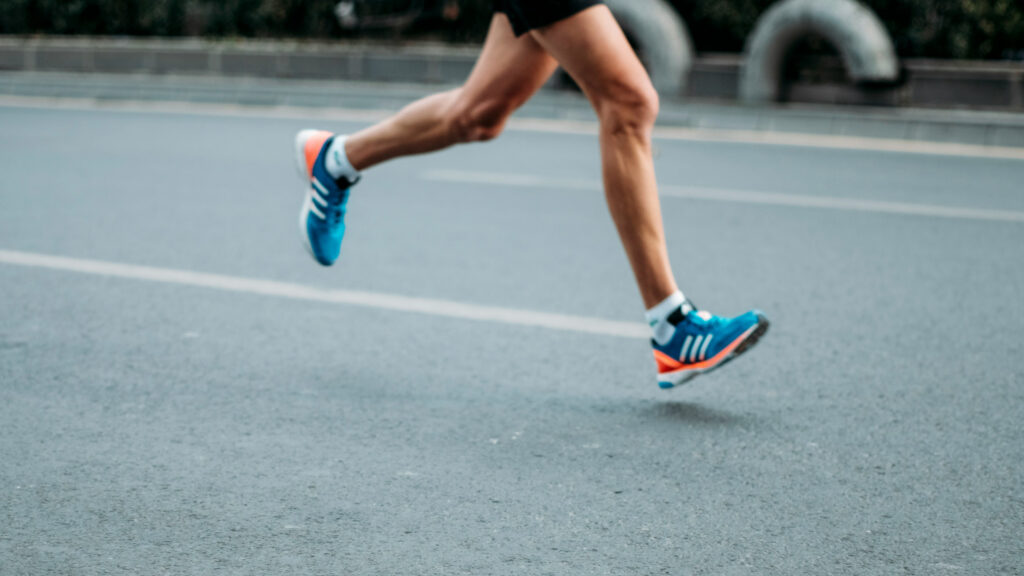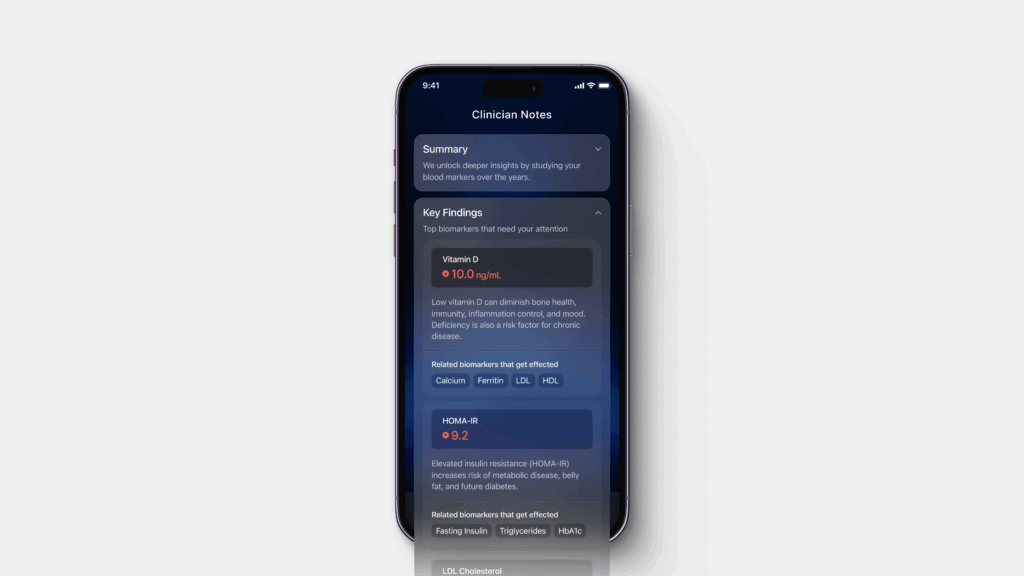Heart Rate Variability (HRV) is more than just a trend on your tracker — it’s a direct window into your nervous system, recovery, and readiness to perform.
At Ultrahuman, we’ve crunched the numbers from thousands of Ring AIR users and paired that data with published science to bring you six practical, performance-driven ways to use HRV to train smarter, recover better, and become more adaptable.
Read more: The science of HRV explained
Track your HRV consistently
HRV is sensitive to sleep, stress, illness, hydration, and more. Instead of reacting to daily spikes or dips, establish a 14-day rolling average and watch the trend. The Ultrahuman 7-day HRV Form found in the Recovery card is a great place to start, and you can segment All Sleep HRV with weekly, monthly and even yearly trends.
Consistency is key: measure it in the same position (e.g., lying down) and same context (e.g., first thing in the morning).
Athletes who train with HRV averages in mind avoid the trap of overreacting to noise and focus on long-term adaptation.
Read next: RMSDD vs SDNN – which is best for tracking HRV?
Your HRV baseline is personal
A high HRV doesn’t always mean you’re fitter. HRV varies by genetics, age, and sex. What matters is your personal range and variability.
Comparing with peers or other athletes is pointless. Instead, look at whether you’re trending upward, downward to gauge the effects of training, increasing fitness or how you’re recovering after effort.
Match your training intensity to your HRV

When your HRV is above baseline, it signals parasympathetic dominance: your system is primed to push. When it’s suppressed, it could mean poor recovery, inflammation, or lingering fatigue.
- High HRV: Go for volume, intensity, or complex skills.
- Low HRV: Consider a focus on mobility, technique, or active recovery. Plan in extra time for sleep, and try recovery techniques such as breathwork, sauna or cold plunge to boost parasympathetic activation.
It’s not about skipping training — it’s about adjusting the dial according to what your body is telling you.
Low HRV is good information
Low HRV days aren’t failures. They’re early warning signs. Poor sleep, mental stress, heavy training, alcohol, and late-night eating all suppress HRV.
Check in with yourself for obvious causes for drops in HRV, and take steps to fix them. Priortize a strong wind down for bed, stop eating 3 hours before, and take a bath, shower or read a book before you turn in.
HRV rewards consistency, not hacks
Long-term HRV improvement tracks with consistent aerobic work, high sleep quality, low resting heart rate, and stress management.
Focus on the long term. HRV is a chronic adaptation metric, think in months, not days.
Morning workouts support better recovery
Working out before 1pm was shown to significantly boost HRV, while workouts after 1pm can reduce sleep HRV.
In a proprietary study of 2,345 Ultrahuman Ring AIR users across India, Europe, the Gulf, and NYC, we uncovered clear patterns:
- Morning cardio workouts (before 1 p.m.) were linked to up to 23 ms higher sleep HRV.
- Evening cardio (1–8 p.m.) often reduced sleep HRV, particularly in highly active users.
- Regional differences emerged: NYC users had the lowest sleep HRV; Asian users had higher stress rhythm scores, likely due to work hours skewing later.
Evening training felt great for stress relief — but sleep HRV took a hit. Push hard in the morning, recover better at night.
It suggests that training in alignment with circadian rhythms may improve recovery outcomes, especially for endurance-focused or high-volume athletes.
Summary
HRV isn’t magic. But it is a powerful lens into how your body is coping with training, stress, and life.
Track your HRV trends, sleep recovery, and stress rhythms automatically with the Ultrahuman Ring AIR. Get precision data and science-backed guidance to help you evolve into a more adaptable, higher-performing version of yourself.








